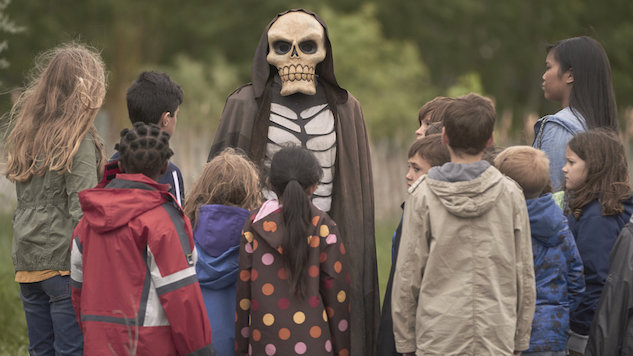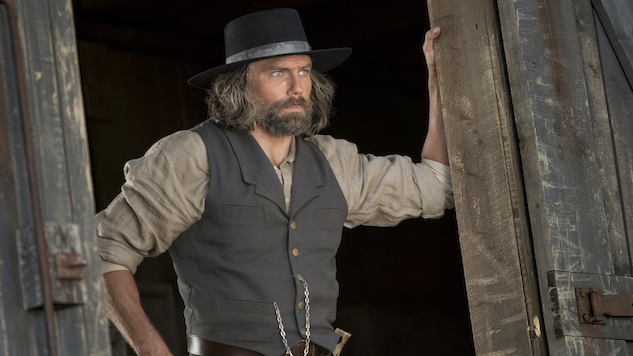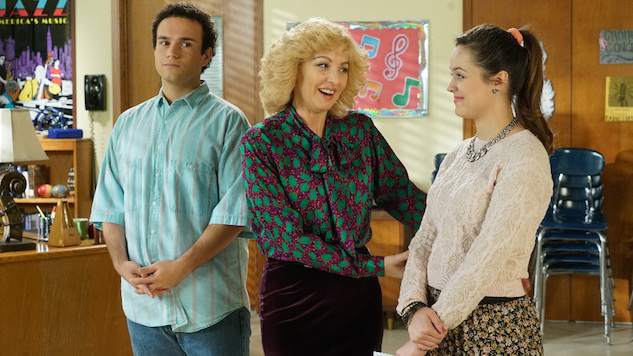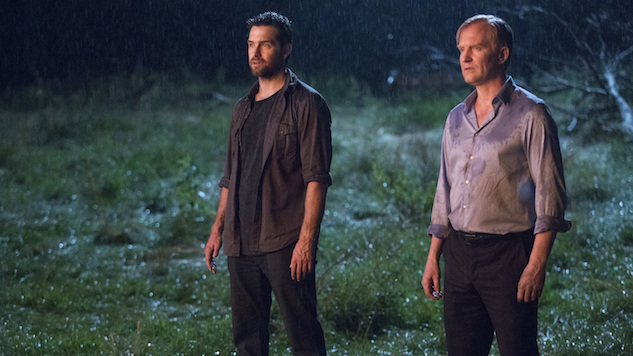The 10 Most Unfairly Overlooked TV Shows of 2016
Jackson Lee Davis/Sundance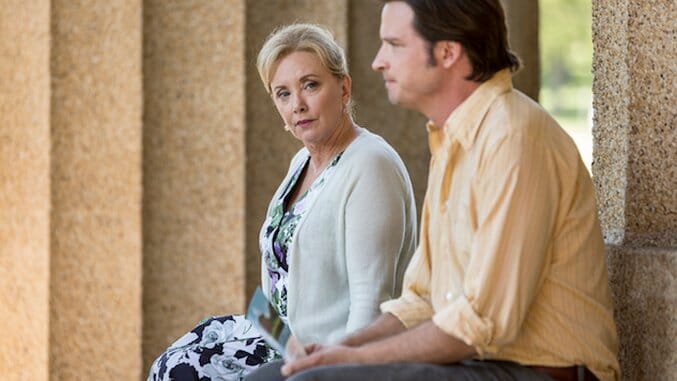
If TV industry observers can concur on one thing, it’s the challenge of finding a consensus on anything. Ratings only tell part of the story, and they themselves have been subjected to a mercenary formula. Social-media buzz can often be the net effect of a calculated marketing campaign, and episodic recaps tend to heighten the perception of a show’s broader reach.
What, then, qualifies any series as “overlooked”? In the modern, multi-platform television landscape, it can be boiled down to a feeling—the sense that a worthy scripted drama or comedy hasn’t quite inspired the sort of breathless (if, at times, insulated) meta-analysis of, say, Stranger Things or American Crime Story: The People v. O.J. Simpson. We’ll leave the “why?” of that conundrum for another time, but here’s our list of 10 TV shows that should have had more people buzzing in 2016.
Rectify
Network: SundanceTV

Fans of Sundance’s meditative, mysterious Rectify tend to evangelize on its behalf. Maybe that inspires contrarianism from skeptics. Or perhaps—like virtually all SundanceTV series that don’t star former Mad Men principals (i.e. Top of the Lake)—creator/writer Ray McKinnon’s moving and compelling insight into the life of former death-row inmate Daniel Holden (Aden Young) is, prevailingly, an understated show on an understated network. But from its opening moments outside the Georgia prison where Daniel spent nearly two decades to its phenomenal farewell season, Rectify has merited fervor. (Paste included the series on its list of the 25 Best TV Shows of 2016.) As moving as Six Feet Under and, just as often, as taut and unpredictable as Breaking Bad, McKinnon and company’s 30 carefully considered episodes are destined for revisionist due. But much as with Daniel himself, it’s too bad redemption didn’t come sooner.
Hap and Leonard
Network: SundanceTV

While we’re at it, three cheers for Sundance’s other stealthy 2016 offering, Hap and Leonard, adapted from Joe R. Lansdale’s novels and set to air Season Two starting March 1. As a self-contained sextet of episodes, its first season stands on its own as wild, weird and massively entertaining. It may not feel that way when we’re introduced to the show’s title characters—Hap (James Purefoy), a conscientious Vietnam objector and day laborer, and Leonard (Michael K. Williams), a gay Vietnam vet prone to rage—or even during their early misadventures salvaging some storied loot from the bottom of a swamp. But once they and their misfit co-conspirators (led by Hap’s ex, played by Christina Hendricks) cross paths with joyriding lunatics Soldier (Westworlds Jimmi Simpson, in a career-best bit of mania) and Angel (the fearsome Pollyanna McIntosh), Hap and Leonard escalates, rapidly reaching surreal heights of Mad Maxworthy mayhem, all set among the swamps of late‘80s Texas. And with plenty of Eurodancing.
Schitt’s Creek
Network: Pop
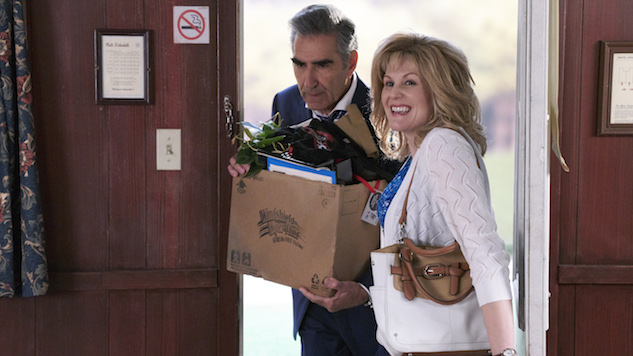
Now’s the time to catch up with father-and-son duo Eugene and Daniel Levy’s winning sitcom (Season Two is currently On Demand) before it returns on January 11. This year’s sophomore slate was, like the family it follows (the Levy men, along with Catherine O’Hara and Annie Murphy, as bankrupt millionaires the Roses), far more comfortable in its surroundings. Season One mined plenty of laughs out of its fish-out-of-water conceit, with the Roses transplanted to a poor, rural town run by Chris Elliott’s slovenly Mayor Roland Schitt, but its successive half hours go that much further beyond the title’s slapstick wordplay. The Roses, despite themselves, are assimilating to life outside La La Land, and incrementally coming to appreciate each other’s company. Schitt’s Creek isn’t particularly trenchant, nor is it simple or sentimental. Rather, it hits a sweet spot of ensemble humor that happens to offer a satisfying answer to post-presidential election rhetorical grousing about what would happen if middle and bicoastal Americans really could get along.
Survivor’s Remorse
Network: Starz

Mike O’Malley’s canny, provocative comedy about a middle-class black family that joins basketball star son/brother/cousin/nephew, Cam Calloway, when he moves to Atlanta has picked up converts. And, thankfully, it will continue rewarding viewers’ commitment when Season Four premieres in 2017—though the lack of awards talk and comparatively scant hot-take buzz generated by Survivor’s Remorse is, indeed, regrettable. O’Malley and his diverse, take-no-prisoners team of writers (including Allen Maldonado, Ali Leroi, Tracy Oliver and Victor Levin) continue exploiting their appealing premise to dig deeper into racial and gender politics than any show on television. And despite navigating some fairly heavy material in recent episodes—sudden death, sexual assault, etc.—Survivor’s Remorse, true to form, never moralizes, consistently finding the funny in knockout satire, wry observations and adolescent stoner gags. RonReaco Lee (as Cam’s cousin, Reggie), Teyonah Parris (Reggie’s wife, Missy) and Tichina Arnold (Cam’s mom, Cassie) all deliver Emmy-worthy performances, and the show has more than merited tuning in.
Channel Zero
Network: Syfy
-

-

-

-

-

-

-

-

-

-

-

-

-

-

-

-

-

-

-

-

-

-

-

-

-

-

-

-

-

-

-

-

-

-

-

-

-

-

-

-

